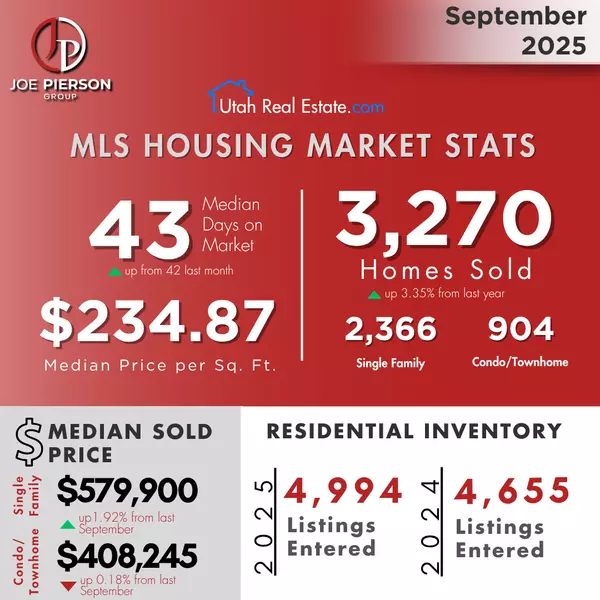

It May Be Time To Consider a Newly Built Home
It May Be Time To Consider a Newly Built Home If you’re looking to buy a house, you may find today’s limited supply of homes available for sale challenging. When housing inventory is as low as it is right now, it can feel like a bit of an uphill battle to find the perfect home for you because there
Read More
![Reasons To Sell Your House Today [INFOGRAPHIC],Joe & Amy Pierson](https://files.keepingcurrentmatters.com/content/images/20230504/Reasons-To-Sell-Your-House-in-Todays-Market-KCM-Share.png)
Reasons To Sell Your House Today [INFOGRAPHIC]
Reasons To Sell Your House Today [INFOGRAPHIC] Some Highlights Not sure if selling your house is the right move today? You should know there are a number of reasons it still makes sense to sell now. Your house will stand out because inventory is low. That’s why the number of offers on recently so
Read More

How Homeowners Win When They Downsize
How Homeowners Win When They Downsize Downsizing has long been a popular option when homeowners reach retirement age. But there are plenty of other life changes that could make downsizing worthwhile. Homeowners who have experienced a change in their lives or no longer feel like their house fits the
Read More

Buyer Activity Is Up Despite Higher Mortgage Rates
Buyer Activity Is Up Despite Higher Mortgage Rates If you’re a homeowner thinking about making a move, you may wonder if it’s still a good time to sell your house. Here’s the good news. Even with higher mortgage rates, buyer traffic is actually picking up speed. Data from the latest ShowingTime Sho
Read More
Categories
Recent Posts









